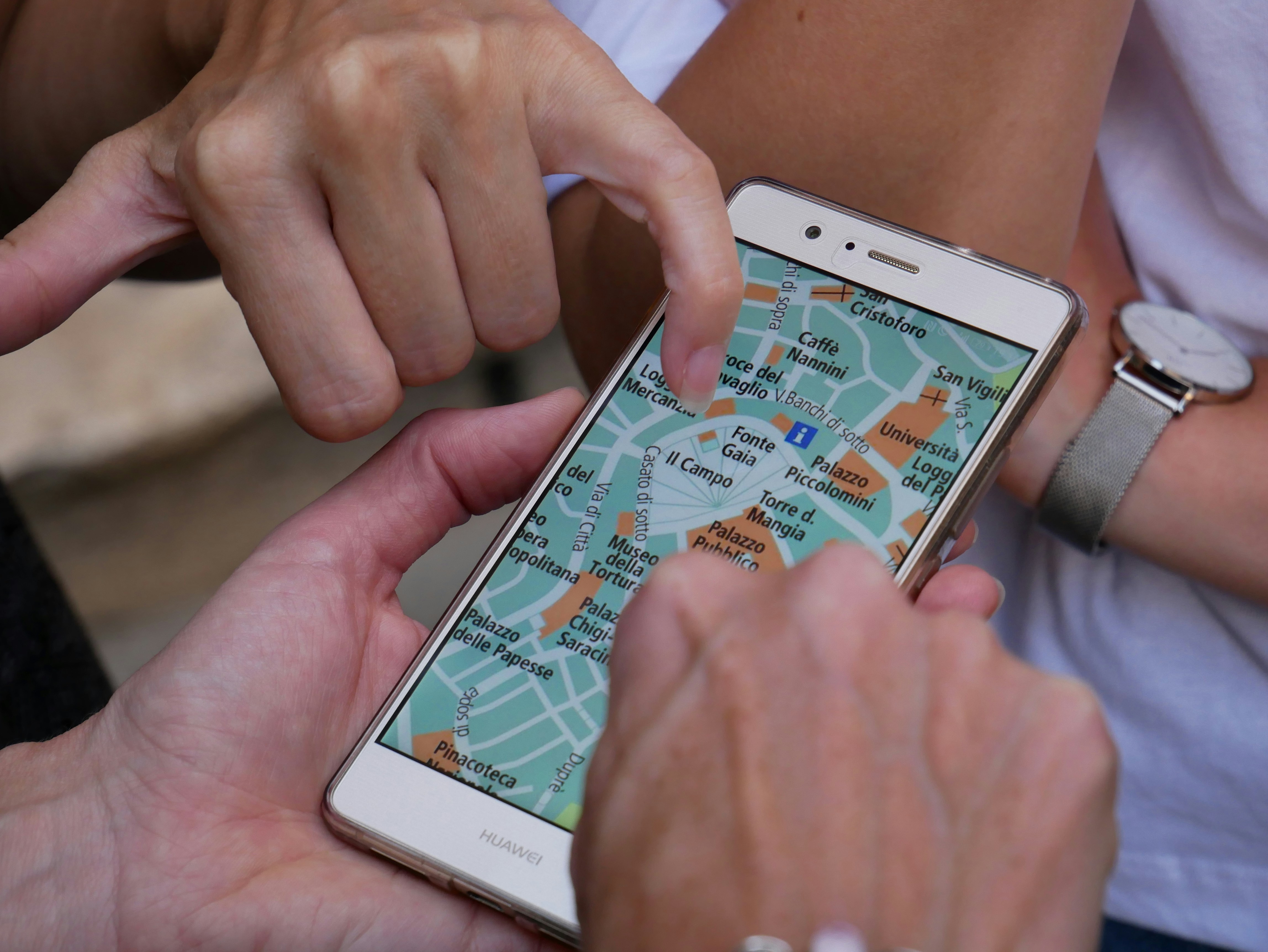Location-sharing has become a standard feature in many digital platforms, from family tracking apps and ride-sharing services to social media and dating platforms. While it offers convenience and improved connectivity, it also comes with serious privacy and security concerns. Whether you’re updating your status from a café or tracking your child’s movements for peace of mind, it’s crucial to understand how to protect yourself when revealing your whereabouts digitally.
In this guide, we’ll explore the top safety tips when sharing your location online, helping you make smarter, safer choices in an increasingly connected world.
Understanding the Risks of Location Sharing
Sharing your location may seem harmless, but if done carelessly, it can expose you to significant dangers. Publicly broadcasting where you are—or where you’re not—can make you vulnerable to stalking, burglary, identity theft, or unwanted surveillance.
For example, posting vacation photos in real time can alert criminals that your home is unoccupied. Similarly, consistent check-ins at the same spots can create patterns that someone with bad intentions could exploit.
To safely enjoy the benefits of location-sharing technology, you need to be informed, cautious, and proactive.
Tip 1: Only Share Your Location with Trusted Contacts
The most important rule of location sharing is to limit visibility to people you trust. Whether you’re using a family tracking app, Google Maps, or a social media platform, always check your privacy settings and confirm who can see your location. Avoid sharing your real-time location with the public or people you don’t know personally.
If your children are using location-sharing features, help them understand the importance of only sharing with close family members or caregivers. Teach them that even a friend today can misuse information tomorrow.
Tip 2: Use Temporary Location Sharing When Possible
Most modern location-sharing platforms now offer time-limited sharing options. Instead of permanently broadcasting your location, you can allow access for a specific duration—like 30 minutes, 1 hour, or until you arrive at a destination. This greatly reduces the risk of your data being misused after your purpose for sharing has passed.
Temporary sharing is ideal for coordinating meetups, allowing loved ones to track you during travel, or checking in during emergencies without compromising long-term privacy.
Tip 3: Avoid Tagging Real-Time Locations on Social Media
Many people don’t realize how risky it is to post photos or status updates with geotags while they’re still at the location. Whether you’re at a restaurant, concert, or on vacation, posting in real time notifies the world of your current (or absent) status.
A better approach is to wait until you’ve left the location and then post without including location metadata. Even better, turn off automatic geotagging in your phone’s camera and social media settings to prevent unintentional location leaks.
Tip 4: Regularly Review App Permissions
Over time, we install multiple apps that may request access to our location data—often unnecessarily. Go through your phone’s settings at least once a month and review which apps have location permissions. You might be surprised how many apps are tracking you in the background.
Switch location access to “While Using the App” or “Never” for apps that don’t truly require it. Reserve continuous access only for essential apps like maps, emergency services, or trusted family-sharing tools.
Tip 5: Turn Off Location Sharing When It’s No Longer Needed
When you’re done using a location-based feature—such as navigating to a friend’s house or tracking a child’s field trip—turn off sharing right away. Leaving your location sharing active unnecessarily increases the risk of unauthorized access.
Make it a habit to check your sharing status at the end of the day or after any major trip. Many apps offer a dashboard or history log where you can see who has access and for how long.
Tip 6: Use Secure Apps with Strong Privacy Policies
Not all location-sharing apps are built with privacy in mind. Before installing any app that uses GPS data, take time to read the developer’s privacy policy. Look for assurances that your data is encrypted, not sold to third parties, and that you have full control over who can access your location.
Apps like Life360, GeoZilla, and Google Maps offer robust privacy settings. However, even these should be used cautiously and reviewed regularly. Avoid using unfamiliar or poorly reviewed apps, especially if they request unnecessary permissions or lack encryption features.
Tip 7: Be Cautious with Children’s Devices
Children are increasingly using smartwatches, tablets, and phones equipped with GPS. While these devices can help you stay informed of their whereabouts, they can also introduce privacy risks if not properly managed.
Ensure any tracking apps installed on a child’s device are password protected and do not share location data publicly. Teach children never to post their location on apps like TikTok, Snapchat, or Instagram, and regularly review their contacts and sharing settings.
Final Thoughts
Technology has made it easier than ever to stay connected, but it has also created new ways for your personal information to be misused. By following these top safety tips when sharing your location online, you can enjoy the benefits of modern apps while protecting yourself and your loved ones from potential harm.
Ultimately, location sharing should be intentional, not habitual. Stay aware of who has access, use privacy controls to your advantage, and always err on the side of caution. The more mindful you are about sharing your whereabouts, the more secure you’ll be online and off.
